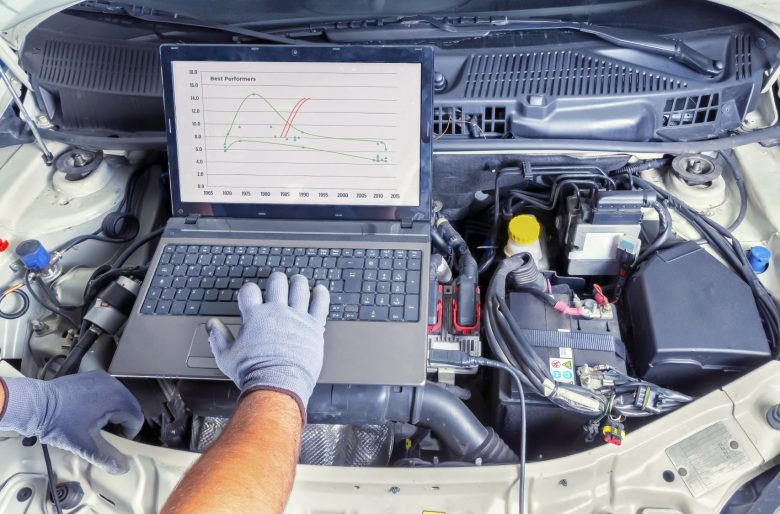Several technologies have been developed over the last few years that affect driver safety, from GPS to backup cameras, Google Maps, driver assist systems and more. Some are designed specifically to improve safety while others have a different primary purpose but can still offer an additional measure of safety. Little discussion is needed about the safety benefits of airbags and other technologies created specifically for safety, but it’s worth considering technologies that might affect driver safety in less obvious ways.
GPS navigation
GPS navigation has been a great addition to vehicles to help us find our way to new places more easily, more confidently and more safely (for the most part). But it has also increased the risks associated with driving by introducing an additional visual and mental distraction while driving. Whenever possible, use a GPS that provides auditory cues for upcoming turns.
But keep in mind that even hands-free devices like a GPS can cause problems. In fact, anything that requires you to process information—like hearing directions from a navigation device—will compromise your mental focus on driving. Outsourcing navigation is a great way to reduce the number of tasks you have to juggle while driving, but be aware of the extra distraction it may introduce as a result.
Google maps and street view
Use Google Maps and Streetview before departing to virtually see your driving route, key intersections, exits and what the area looks like around your destination so that you won’t have to make quick or wrong decisions. When it comes to planning a trip, there are few tools more useful than an online map.
But once you get in the car a mapping program can become incredibly dangerous. As we saw with the GPS, manually fiddling with the program or picking up the phone to check the route can cause a major distraction while you’re driving.
Thermometer
Most vehicles now monitor the outside temperature and display it on the dashboard or information screen. It seems like a pretty basic thing to be listed in this article about technology but I believe it is an under-utilized bit of information.
One of the most overlooked aspects of personal safety is the ability to recognize change. Slips and falls in the workplace happen when people don’t recognize a spill that makes a floor slicker. And car crashes can occur at the onset of winter as the temperature dips below freezing and black ice forms. Similar to the other examples, the driver isn’t anticipating there will be ice on the road the same way they didn’t notice the spill or the open drawer.
Getting in the habit of checking the temperature whenever you get in the car as the weather gets colder will make drivers more alert to changing conditions and help them adjust their driving accordingly.
Cameras, sensors and warning systems
A number of car manufacturers have begun implementing technologies to make you more aware of your car’s surroundings. These new features will automatically adjust the speed of cruise control as the vehicle ahead of you slows down, will alert you if you’re drifting into another lane, and can even brake quickly if something moves in front of your vehicle unexpectedly.
The safety value of this technology is undeniable, but the additional security it provides can quickly transform into complacency. Attention and skills can erode and may not be there when they’re needed. Even a common feature like a reverse camera can make it seem less important to reverse into parking spots. Don’t let these additions to new cars turn into a permanent blind spot while you drive, and do what you can to fight complacency whenever you get behind the wheel.
Future implications
Tesla plans to develop self-driving cars in the not-too-far future. Volvo has made a commitment to have no fatalities in their cars by 2020. Even more developments with exciting safety implications are on the horizon but as long as there are manually driven vehicles on the road, human error will pose a threat (it’s worth noting that every single accident Google’s self-driving cars have been in thus far were caused by other drivers’ errors). Consider how driving habits can change as innovative safety features become standard fare in new vehicles. And no matter what you drive, stay as focused on safety as much as possible every time you sit in the driver’s seat.
If you need help staying mentally alert behind the wheel or helping others deal with human factors while driving, download our free Driving Distraction Away guide for useful information, advice and more.

